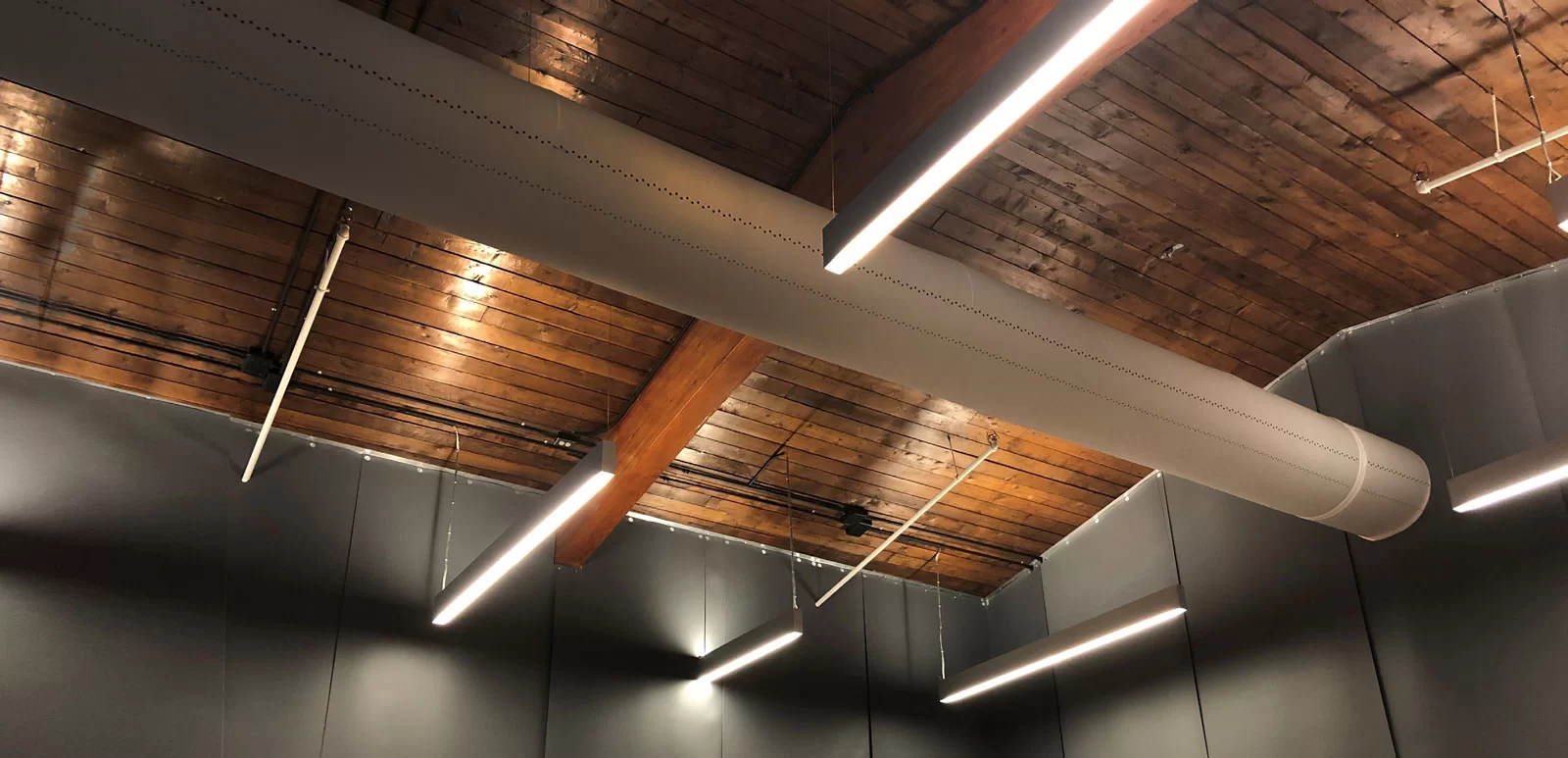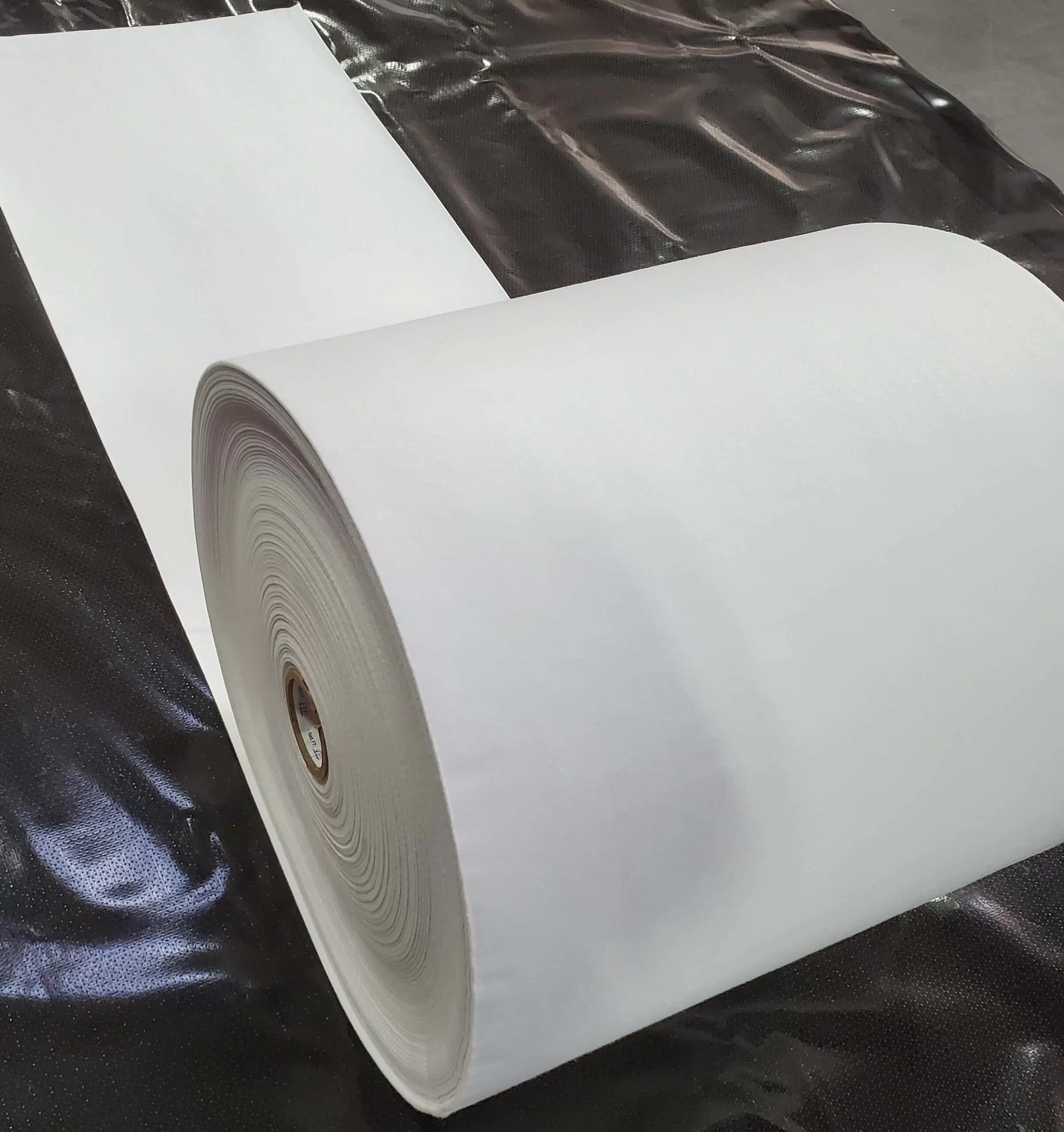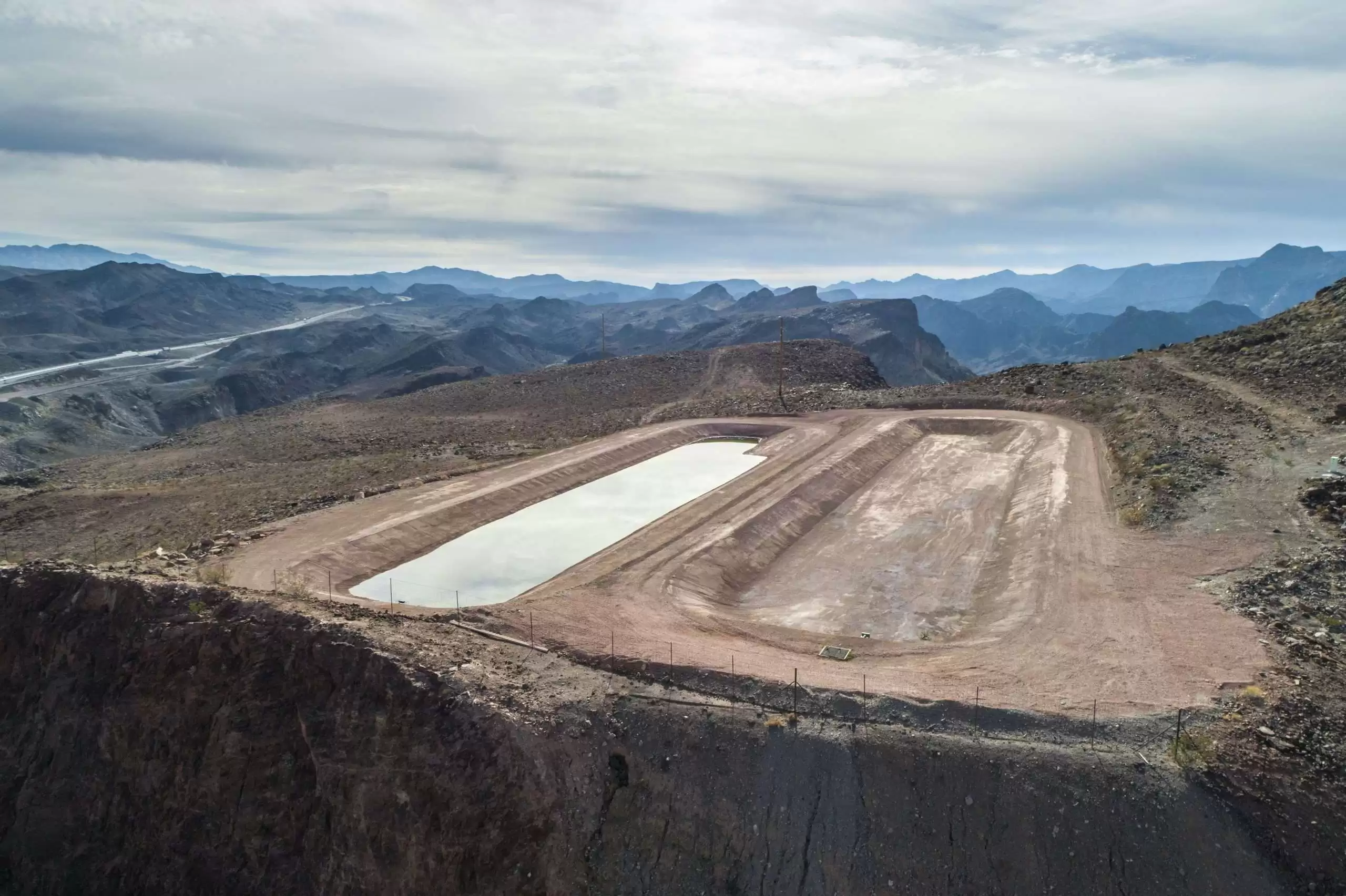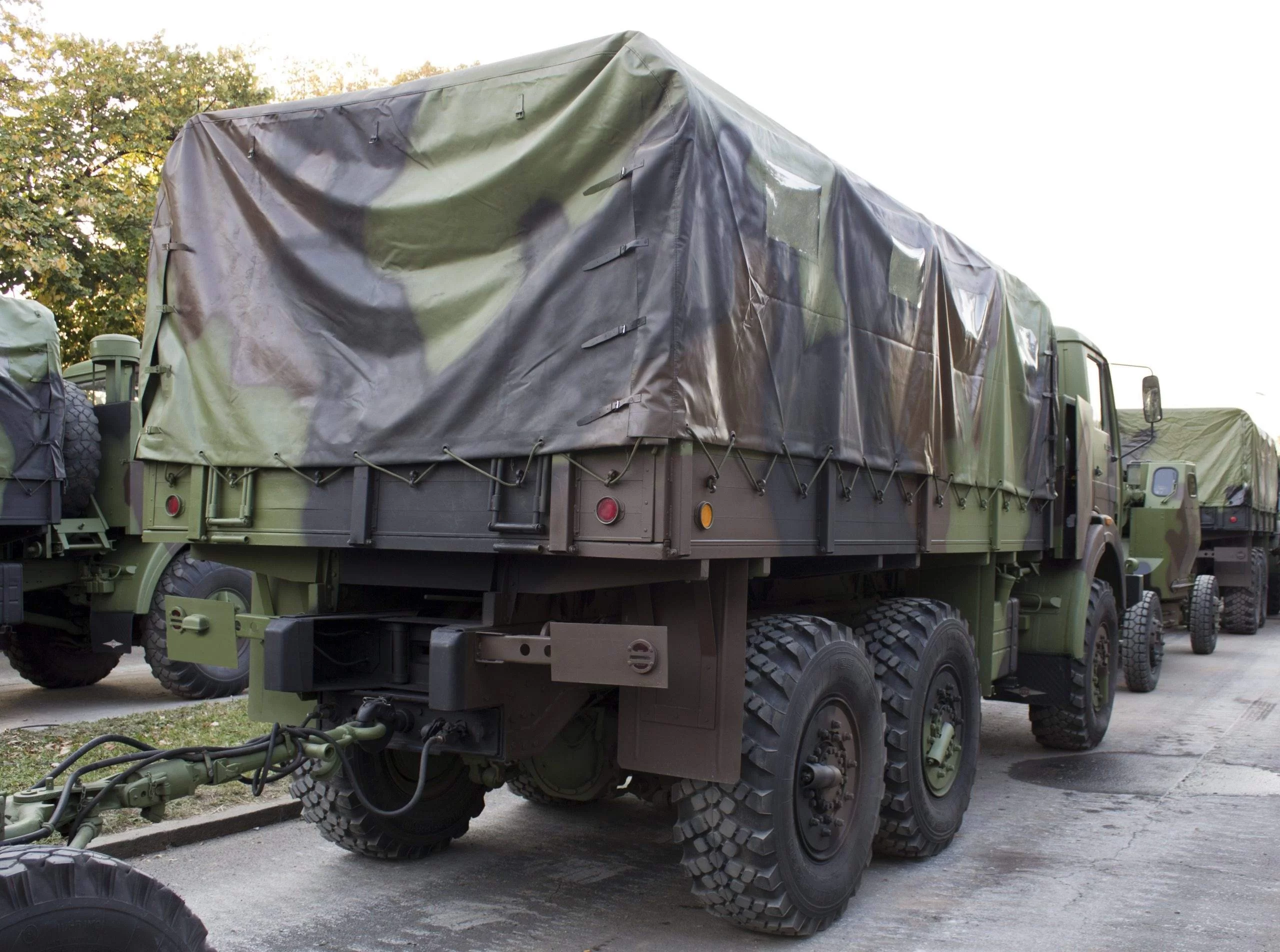The following is an excerpt from an article originally published in geosynthetics Magazine May 2021 https://geosyntheticsmagazine.com/2021/04/01/modular-geosynthetics-construction/
To look at the origin of modular construction you can go back to the 1670s, however, the real boom in America occurred after the second world war when it was utilized to provide fast, low costing housing for workers and returning servicemen. Since then modular construction has been utilized primarily in residential housing and low-rise buildings. In recent years this concept has started to become utilized in high-rise buildings and towers. It is now being used for geosynthetics, and in particular, geomembrane installation, because of the cost and quality advantages.
Table of Contents
Modular Construction in the form of factory-fabricated geomembranes
The area of geomembranes has experienced innovation related to Modular Construction in the form of factory-fabricated geomembranes. Modular construction involves construction where portions of the final construction are made up of individual sections (“modules”) that are constructed in an off-site controlled manufacturing facility and the modules are assembled at the final building site. For example, roof trusses, wood or concrete tilt-up walls, shower enclosures, tile patterns, and beyond are examples of other products that have adopted modular construction.
The cost difference between factory and field fabricated geomembranes
The Fabricated Geomembrane Institute (FGI) created a cost comparison calculator/spreadsheet that can be used to estimate the installation and CQA cost difference between factory and field fabricated geomembranes in addition to the quality benefits of factory-fabricated geomembranes. The cost comparison calculator/spreadsheet can be downloaded free using the following link: https://www.fabricatedgeomembrane.com/protected/pond-liner-calculator.
The cost comparison does not include the cost of the geomembrane or other required materials. This calculator is “For estimating purposes only” and a formal cost estimate should be conducted for each project. The calculator can be used for other geosynthetics, such as factory-fabricated geotextile.
CONNECT WITH A GEOMEMBRANE EXPERT
The major advantage of factory fabrication
The major advantage of factory fabrication is the ability to prefabricate complex geometries or irregular cells and varying slopes and slope breaks rather than trying to cut and size all of the pieces in the field with changing and challenging weather conditions. In addition to complex panel geometries, factory fabrication allows prefabrication of time-consuming geomembrane accessories, such as, pipe boots, ballast tubes, vents, and other custom appurtenances that greatly reduce field time and increase the quality of the welding through the use of controlled factory conditions, different types of welding equipment for large and small, e.g., geomembrane accessories, seaming. For example, dielectric welding or seaming is efficient and produces high-quality welds in the factory but it cannot be used in the field due to its size and power requirements. In the factory, fabricators can also build custom jigs and ways to weld and produce geomembrane panels more efficiently than in the field, which can significantly reduce production costs to the owner.
An environmental friendly solution
Modular construction and factory fabrication or geosynthetics also yield a smaller carbon footprint because electrical power generated from renewable sources or less carbon-intensive sources than hydrocarbons can be used for up to 85% of the geomembrane seaming instead of the hydrocarbon energy source(s) used for field fabrication.











